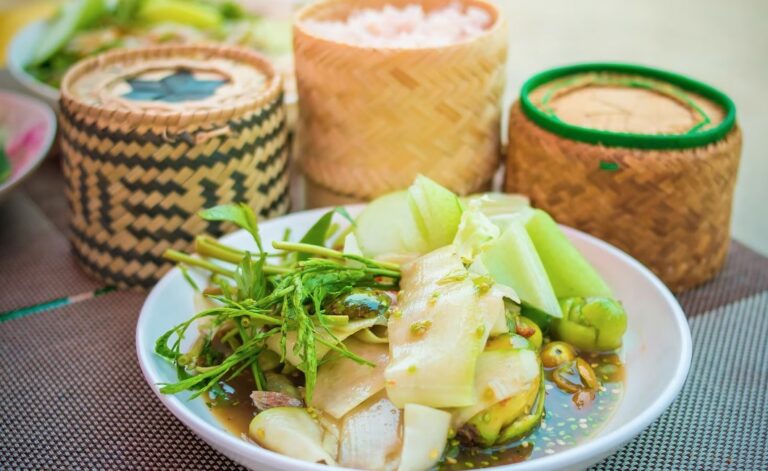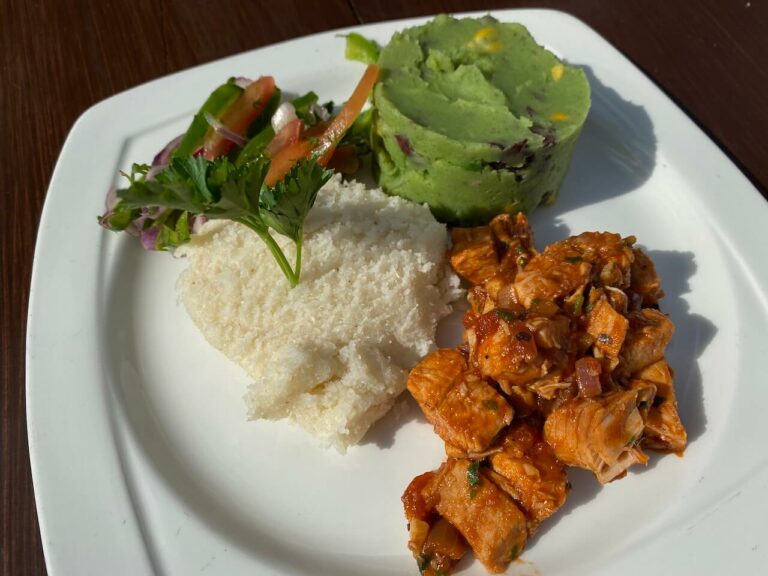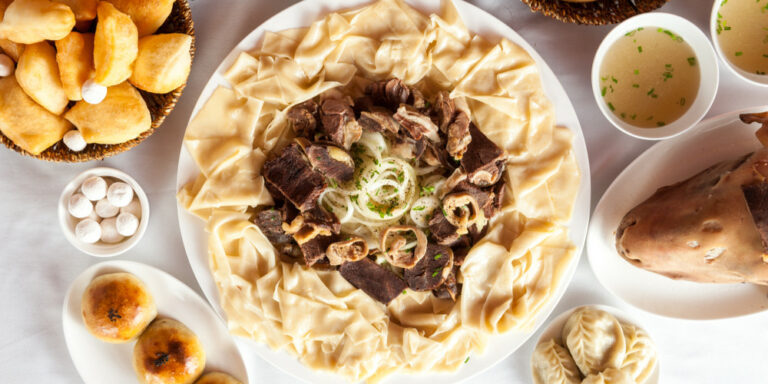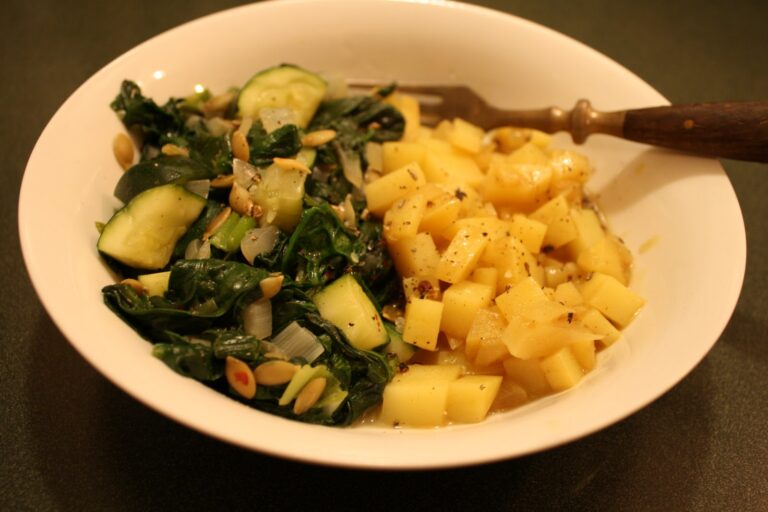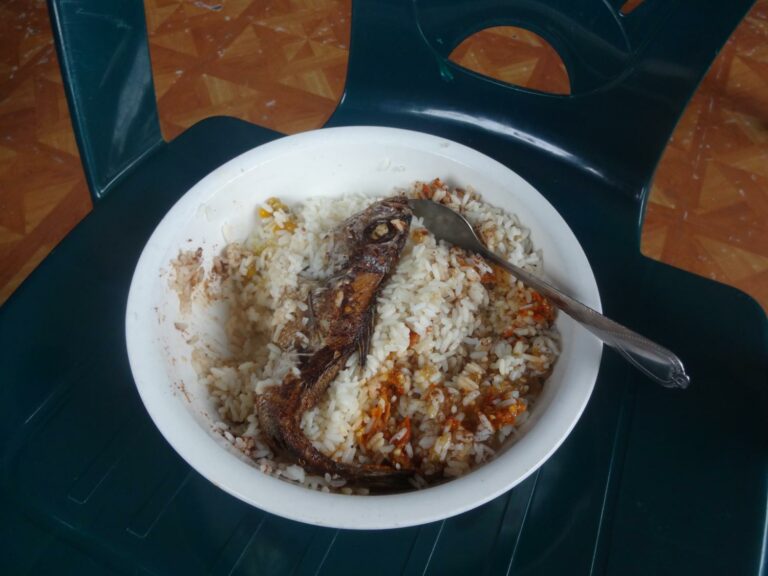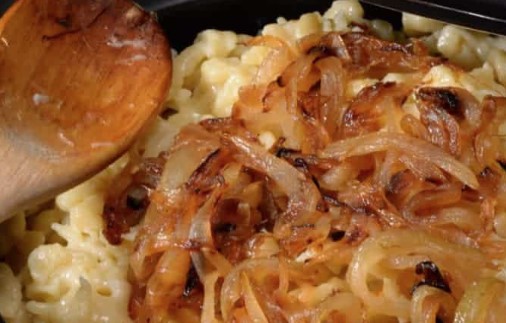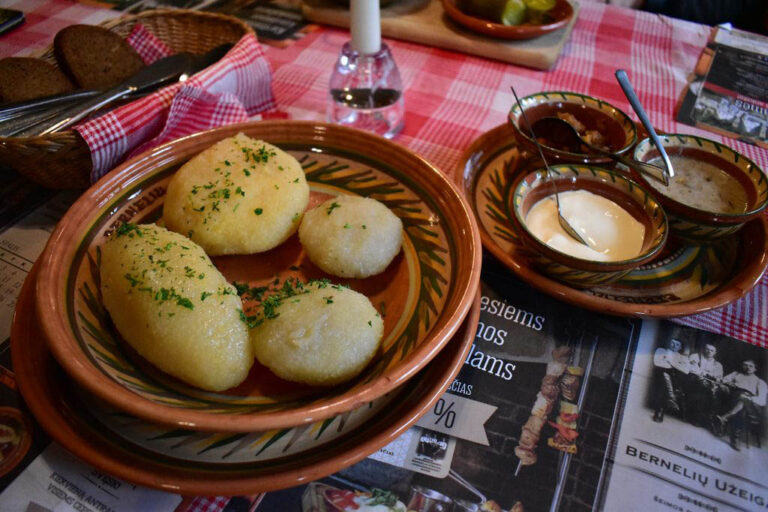Introduction
Kuwaiti cuisine is a fascinating blend of different culinary traditions, combining elements from Arabia, Persia, and India, among others. One of the most distinctive features of Kuwaiti cooking is its use of condiments and sauces, which add depth and complexity to the flavors of its dishes. In this article, we will take a closer look at some of the most common condiments and sauces used in Kuwaiti cooking and how they are used to enhance the taste of different ingredients.
Traditional Kuwaiti Condiments
Kuwaiti cuisine relies heavily on spices and herbs to create its signature flavors. Some of the most commonly used spices and herbs in Kuwaiti cooking include saffron, turmeric, cinnamon, cardamom, cloves, coriander, cumin, and ginger. These spices are often combined with garlic, onions, and tomatoes to create flavorful bases for stews, soups, and rice dishes. Another traditional condiment in Kuwaiti cuisine is sumac, a tangy, lemony spice that is often sprinkled on grilled meats and kebabs for added flavor.
Spices and Herbs in Kuwaiti Cuisine
In addition to traditional condiments, Kuwaiti cuisine also incorporates sauces that are influenced by other cultures. One such sauce is tahini, a paste made from ground sesame seeds that is commonly used in Middle Eastern cuisine. Tahini is often combined with lemon juice, garlic, and salt to create a tangy, nutty sauce that can be used as a dip or dressing. Another popular sauce in Kuwaiti cooking is zhoug, a spicy, herbaceous sauce made from cilantro, parsley, garlic, chili peppers, and other spices. Zhoug is often used as a condiment for grilled meats and vegetables and can also be mixed into sauces and dips for added heat and flavor.
Sauces Influenced by Other Cultures
As Kuwait becomes more connected to the world, modern condiments have made their way into Kuwaiti cooking. One such addition is mayonnaise, which can be found in many traditional dishes. Mayonnaise is often mixed with other ingredients such as ketchup, garlic, and lemon juice to create a variety of sauces and dips. Another modern condiment that has become popular in Kuwaiti cuisine is hot sauce, which is often used to add heat and depth to grilled meats and sandwiches.
Modern Condiments in Kuwaiti Cooking
When cooking with Kuwaiti condiments, it is important to remember that a little goes a long way. Many of these spices and sauces are potent and can overpower the flavor of the dish if used too liberally. It is best to start with a small amount and gradually add more as needed. Additionally, it is important to properly store these condiments in a cool, dry place to prevent them from losing their flavor and potency. By following these tips and experimenting with different combinations of condiments and sauces, you can create a unique and delicious Kuwaiti-inspired dish that is sure to impress your friends and family.


